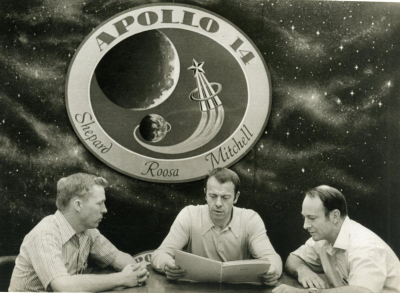
The ISRO works to develop and apply space technology in various sectors of our economy.
The Indian Space Research Organisation (ISRO) and the Indian Navy continue to conduct important trials for the Gaganyaan mission. However, do you know what ISRO is?
Organisation
The ISRO is India's space agency that was established on August 15, 1969.
Previously known as the Indian National Committee for Space Research (INCOSPAR), it was envisioned by Vikram Sarabhai, who helped develop nuclear power in India and is considered one of the founding fathers of Indian space programme. ISRO is a major constituent of the Department of Space (DOS), Government of India.
The department executes the Indian Space Programme primarily through various centres or units within the ISRO.
Works
The ISRO works to develop and apply space technology in various sectors of our economy. It has established major space systems for communication, television broadcasting, and meteorological services.
ISRO's first satellite, Aryabhata, was launched by the Soviet Union on April 19, 1975. Meanwhile, Rohini, the first satellite to be placed in orbit by an Indian-made launch vehicle, was launched on July 18, 1980. It has developed satellite launch vehicles, PSLV (Polar Satellite Launch Vehicle) and GSLV (Geosynchronous Satellite Launch Vehicle), to place the satellites in the required orbits.
These rockets have launched communications satellites and Earth-observation satellites as well as missions to the Moon and Mars – Chandrayaan-1, 2008; Chandrayaan-2, 2019; and Mars Orbiter Mission (MOM), also called Mangalyaan, 2013.
ISRO has launched several space systems, including the Indian National Satellite (INSAT) system for telecommunication, television broadcasting, meteorology, and disaster warning and the Indian Remote Sensing (IRS) satellites for resource monitoring and management. The first INSAT and IRS satellites were launched in 1988.
While ISRO's headquarters is in Bengaluru, the launch vehicles are built at the Vikram Sarabhai Space Centre (VSSC), Thiruvananthapuram. Launches take place at the Satish Dhawan Space Centre on Sriharikota Island, near Chennai.
ISRO's chief executive is a chairman, who is also chairman of the Indian government's Space Commission and the secretary of the Department of Space. Its current Chairman is S. Somnath.
Picture Credit : Google




